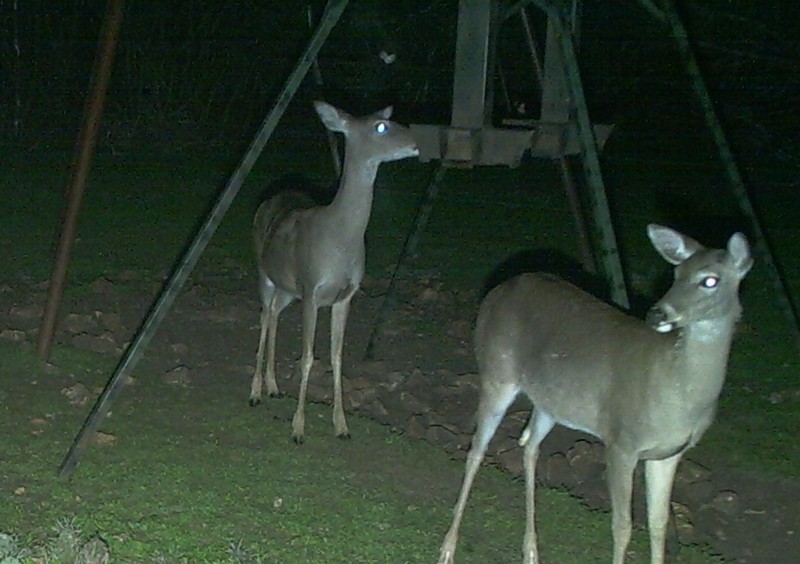Hunters and landowners actively involved in white-tailed deer management know that age, genetics, and nutrition are the rule when it comes to maintaining a healthy deer herd and consistently producing quality whitetail bucks. Because it takes time for bucks to get older and because one can not change the genetics of a deer once it is conceived, a lot of attention gets placed on deer nutrition by hunters and managers on their lands.
When it comes to providing proper nutrition for deer, more than a fair share of this attention gets wrongly placed on supplemental feeding through food plots or protein pellets. I will be the first to tell you that both food plots and supplemental feeding have their place on almost every property, but all too often hunters consider the management practice of adding food to the equation as taking the place of proper deer habitat management. Wrong.

Yes, supplemental foods are beneficial. Yes, they should complement forage produced by native habitat. Yes, they should be used as part of an overall white-tailed deer management program that includes select harvest and habitat enhancement activities. But no, supplemental foods are not a cure-all. However, unknowing persons would start to believe that feeding protein pellets or planting a food plot or simply slinging corn out of a spin-feeder would grow some big ole trophy bucks. Honestly, that is what you see on the fronts of all the sacks and packages.
But then again, what self-proclaimed, serious whitetail hunter would buy protein pellets or a food plot mix that featured picture of a spike or maybe even a “good” three point buck on the front of the sack? Can you imagine the ridicule that guy would receive from fellow hunters if he actually brought that sack out to the ranch? That act would be like a guy having trophy buck stickers and deer management organization stickers plastered all over the back of his truck and then driving back to camp with a 1 1/2 year old 8 point buck that he shot on opening morning.
Wait. That actually happens.
But back to my point: Deer nutrition is important, but not any more important than age or genetics in the management of individual white-tailed bucks. Understand that supplemental foods, whether provided through food plots or protein pellets or any other product, can and only should be expected to address a portion of a comprehensive deer management program on any property.
I agree with a fair portion of this article. Protein feed has mineral included in it which supplements the deer herd’s mineral intake where mineral is deficient, which is 95% of hunting locations. In these cases, it will greatly enhance antler growth. Obviously age and genetics are the other 2 players, but without adequate mineral, protein, and other trace elements, you won’t have the opportunity that proper age and genetics would provide.
I would like to have seen mention of proper land and habitat management practices to enhance forb production, such as selective brush clearing, which has had a huge impact on our deer herd.